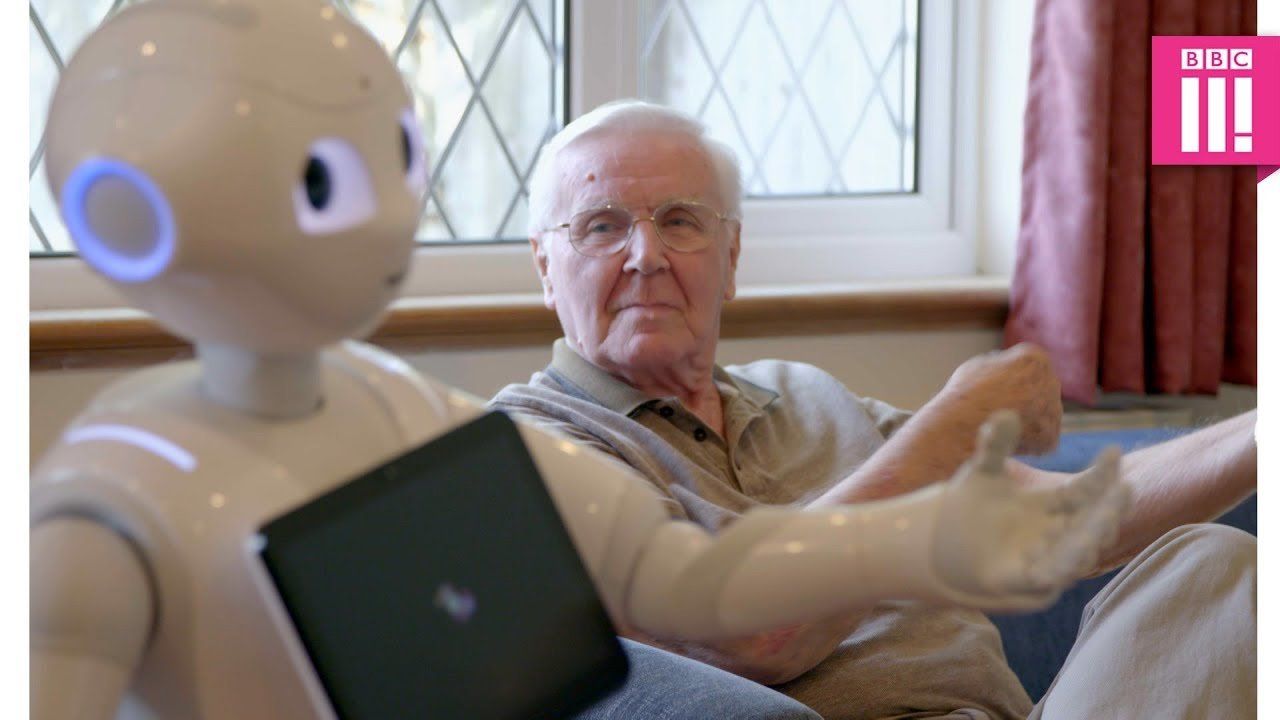Changes to Employee Pension Contributions
How long will it take for employees to notice the changes to auto enrolment pension contributions and what impact will it have?

The introduction of the auto enrolment pension was irrelevant for many businesses as their existing schemes meant that the terms of their schemes are above the minimum levels set out in the auto enrolment legislation, however for sectors at the lower end of the salary scales it has added to business costs and the administrative burden.
About 6 or 7 years ago I attended a seminar organised by a firm of Solicitors setting out the implications of the introduction of an auto enrolment pension system. After about 10 minutes it became obvious that out of about 30 employers in attendance, for 25 this was a non-issue as they already had occupational schemes with contributions well in excess of the levels set out in the auto enrolment proposals, and therefore for them it was of interest but interest only. For the others it would be an issue but relatively straightforward, with a stable workforce and predominantly salaried staff.
However, for one attendee it did not appear to be quite so simple, that one was a large Domiciliary Care provider……When the scenario was put to the so-called experts they re-coiled in horror, the administrative challenges were immense and there were no obvious solutions as the nature of the workforce meant that the implementation was challenging in so many ways.
Initially the solutions put forward were that an administrative team of about 4 people would be needed with software costs in the region of £200k. This was partly due the fact that the legislation was changing on what would appear to be a monthly basis and the actual solutions were impossible to create as the final specification was yet to be determined. Eventually the software providers were allowed to address the payroll and pension provider software issues and the actual process turned out to be a lot less scary than initially anticipated.
That was phase one, and whilst it may have caused some challenges, I think it is widely accepted that it has probably gone as well as could be expected, many are contributing to a pension that did not previously and for employers the implementation was not as painful as it could have been. However, what will phase two and the introduction of increased contributions mean.
The aim of Government was to encourage the wider population to contribute into a pension, albeit even in small amounts. The previous generation of Stakeholder Pensions for the lower paid, where employees had to opt in had pretty much failed. The idea of mandatory enrolment and having to positively opt out independently of the employer was a different approach to the same problem, that undoubtedly would, by the nature of the process, result in higher take up rates. However, for many employees the subject would almost pass them by unnoticed.
In my experience this has very much been the case, with opt outs being very much in the minority. That said will an increase in the employee contribution from 1% to 3% make many employees sit up and take more notice of the deductions. The current system does play on the employee’s lack of understanding, of that there is no doubt, however it will be interesting to see if the levels of understanding are increased when employees realise that their pension deduction on their payslip has suddenly trebled. For many lower paid employees, a deduction of £10 a month might go almost unnoticed however if that increases to £30 and potentially £50 next year I am not so sure that the opt out rates will remain at the levels currently seen. Only time will tell.
How minimum contributions increase in stages
Beginning on 6 April 2018, employers may be required to increase the amount of their contributions into their automatic enrolment pension. Staff members will have to make up whatever shortfall remains of the new total minimum contribution.
The contribution levels continue to rise until the employer is paying a minimum of 3% towards the pension and the total minimum contribution reaches 8% - with the member of staff making up the rest.
If the employer pays the same as the minimum total contribution then the member of staff will not need to pay any contributions, unless the scheme rules require a contribution.
Both the employer and staff member can choose to contribute greater amounts to the pension if they wish.
If the employer contributes more than their required minimum amount - but less than the total minimum amount - then the staff member only needs to make up the shortfall between the total minimum and the employer contribution.
The table below demonstrates the phases of contribution increases, with the employer paying only their minimum, and the staff contribution shown in brackets (the difference between the total minimum and the employer minimum):
| Date effective |
Employer min contrib |
Staff contrib |
Total min contrib |
| Until 5 April 2018 |
1% |
1% |
2% |
| 6 April 2018 to 5 April 2019 |
2% |
3% |
5% |
| 6 April 2019 onwards |
3% |
5% |
8% |
PJT Consultancy Services Ltd is based in Shrewsbury and run by Phil Talbot ACA, a Chartered Accountant and Glenn Foster ACMA, a Chartered Management Accountant. Both specialise in the provision of business advice with regards to the Health and Social Care Sector.








